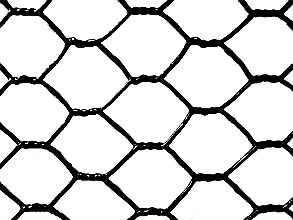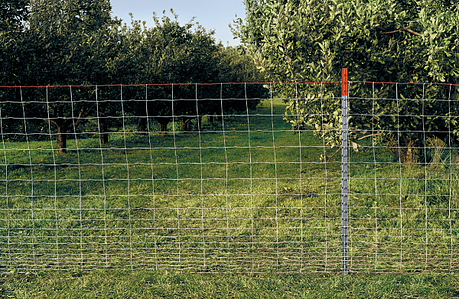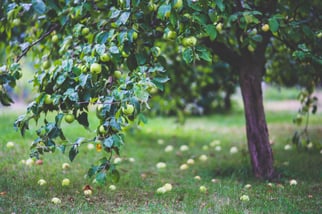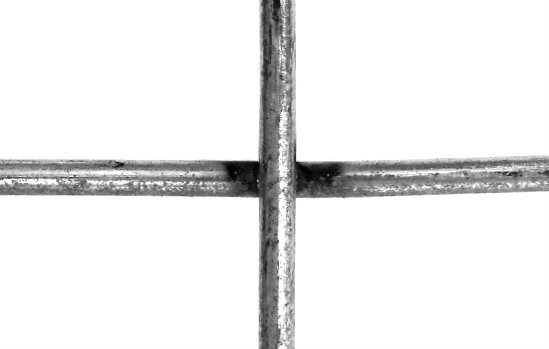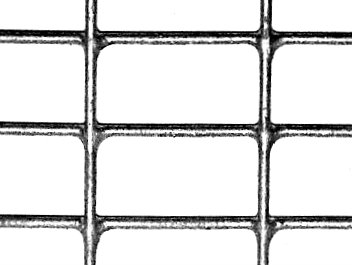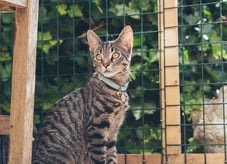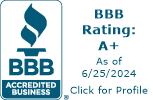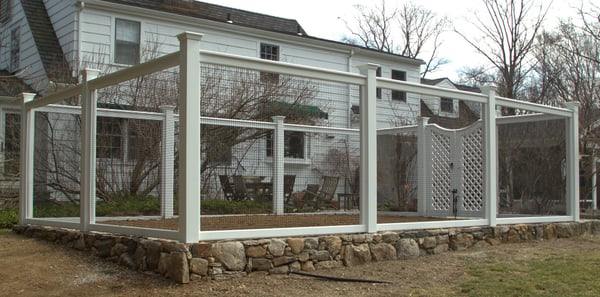
Outfox the Deer
Staying ahead of these graceful interlopers requires some know-how. There are several different types of products available that can be used for
One Tough Fence
This black vinyl coated (VC) hexagonal poultry netting deer fence will last a long time. After 20 gauge galvanized wire is woven into a 1" hex mesh, the galvanized before weaving (GBW) roll passes through the vinyl coating process. A tough, flexible, thick coating of black PVC is tightly bonded to the wire. The resulting vinyl coated deer fence is very corrosion resistant. It is also extremely resistant to cracking, chipping and weathering. Inhibitors in the vinyl protect it from UV degradation. Black color makes the mesh blend in with the landscape.
Gives on Impact
This mesh works well as a deer barrier fence. When deer encounter a black fence, they know there is a barrier but cannot see it distinctly. They are much less likely to jump a fence if they cannot clearly see the top to clearly judge the distance. Extra tall 90" height eliminates piecing together narrower rolls. The inherent resiliency of this woven mesh allows the fence to give upon impact. Check out the advantages.
So Many Benefits
- Extra tall 90" height
- No need to piece shorter rolls together
- Lower labor costs, shorter installation time
Flexible mesh is designed to give upon impact- The material is highly resistant to rust and corrosion
- Unobtrusive barrier - black color blends with
background - Weatherproof - long lifetime due to zinc and PVC protection
And Many Uses
- Protect individual trees and shrubs
- Ideal to use in populated suburban areas
- Barrier fence to keep deer away from gardens and plantings
![]()


